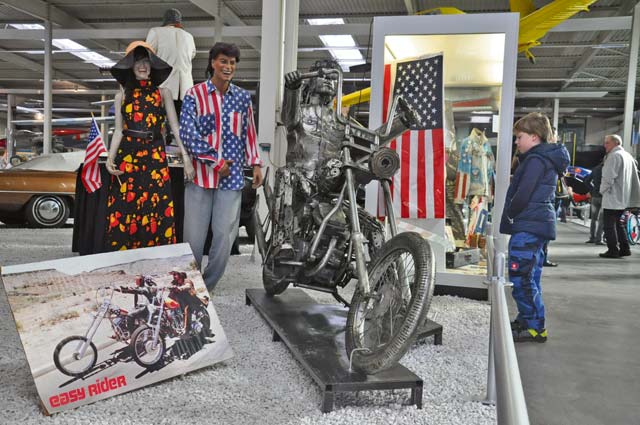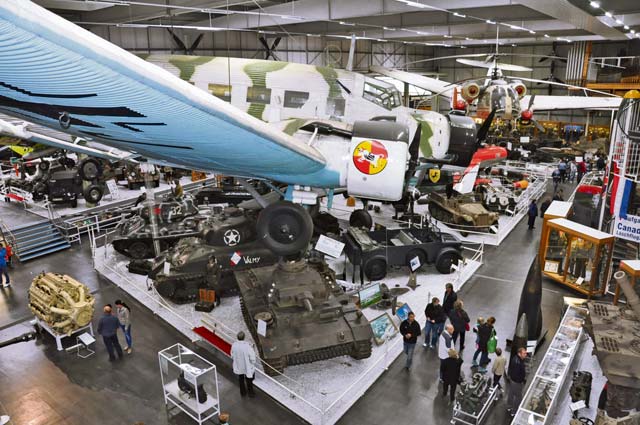
It is fascinating what one innovator’s vision can become.
Count Friedrich von Zeppelin is considered one of the leading developers in airship travel. His inspiration to build a better method of airborne transportation originated while deployed as an observer with the Union Army during the American Civil War.
As an observer, he made his first ascent in a tethered balloon. This experience led to his own design for air travel back in Germany, according to Harry Vissering’s “Zeppelin: The Story of a Great Achievement.”
Zeppelin’s vision continues to this day. The Zeppelin Foundation Friedrichshafen, which originated in 1915 to make parts for Zeppelin’s airships, is set to move into the driverless cars market.
In the Sept. 20 issue of “The Economist,” it was reported that the ZF Friedrichshafen had made an offer to buy TRW Automotive, a Detroit based company that produces video and radar systems for automated vehicles.
The Auto & Technic Museum Sinsheim showcases the historical development of both the automobile and aircraft in varying parts of the world.
The museum is divided into two halls. In Hall 1 there are several exhibits, but two main showcases divide the inside: military history and dream cars from The Land of Limitless Opportunity. Attached to Hall 1 is also an IMAX theater where visitors can be enthralled by 3-D films for a separate cost.
The dream car section is littered with connections to American culture, such as a unique Harley Davidson sculpture that is made of recycled vehicle parts and is based on the 1969 American film “Easy Rider,” starring Peter Fonda.
The German-American connection in the aeronautical industry is a bit controversial, wrote Dan Fitzpatrick, the command historian at U.S. European Command in Stuttgart, Germany.
Following World War II, a lot of German scientists were sent back to the U.S. to work on projects, such as the space program. Then, as the Cold War intensified, Germans and Americans worked on projects for “political/security,” but the Germans were kept from programs like the stealth bomber project, he wrote in an email.
Fitzpatrick noted that there has always been a competition between both countries for markets, but “we have had a fairly workable culture between the two countries, better than most in the area of aeronautics,” he wrote.
The technic museum demonstrates there are many connections between Germany and America in the automobile and aircraft industries. Aside from his American Civil War experience, Zeppelin also had other unforeseen connections with America after his death.
On Aug. 5, 1908, in one of his initial tests of his LZ-4 airship, Zeppelin was forced to make an emergency landing in a field near Echterdingen, Germany. A strong wind forced the ship onto its side and a fire ensued, destroying the aircraft.
After the destruction of the Luftschiffbau-Zeppelin, the local residents gathered a collection to help finance the count’s future airships. The citizens also erected a Zeppelinstein at the crash site to remember Zeppelin’s connection to the community. Ironically, the memorial sits near the current location of the Echterdingen U.S. Army Airfield near Stuttgart.
And there are still more connections to be found at the Sinsheim museum.
Hall 2 houses most of the vintage, racing and sports cars, motorbikes and locomotives. Part of this hall is the Maybach Collection. From 1921 through 1941 the Maybach was the car to have worldwide. The top model of the Maybach series was of course named “Zeppelin.” There were only 200 of the cars produced. In fact, over a 20-year span, Maybach only produced 1,800 cars in total.
“They were always among the best, but also the most expensive fast movers on four wheels,” states the official guide to the museum.
Also, in Hall 2, the fastest rocket-propelled land vehicle of all time, The Blue Flame, is on exhibit. In the vehicle, which was propelled by a highly explosive mixture of natural liquid gas and hydrogen peroxide, American Gary Gabelich set a world record in 1970 with an average speed of 1014.565 km/h.
On the walkable roof of Hall 2 are the only two supersonic passenger aircraft ever built, the Air France Concorde and a Russian Tupolev Tu-144, both of which can be seen from the highway when driving toward the museum. The inside of both aircrafts can be toured and accessed via spiral staircases from the museum roof.
After touring the two Concordes one can’t help but recollect on the how far the airline industry has come since the days Zeppelin made his first attempts at airship travel.
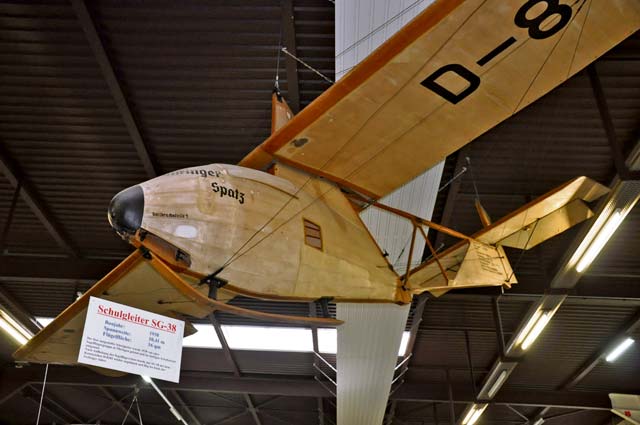
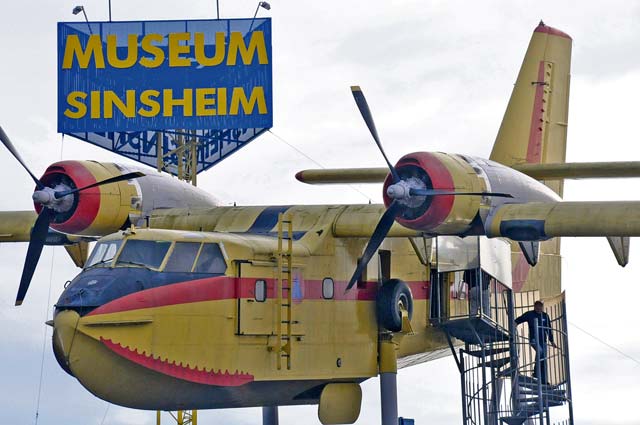
If you are more interested in Zeppelins specifically, head to the Zeppelin Museum in Friedrichshafen, Germany. This museum boasts the largest aviation collection in the world. The museum is centered on the location where Zeppelin developed many of his airships in the early 1900s. Further information on that museum can be found at the museum website: www.zeppelin-museum.de/home_en.html.
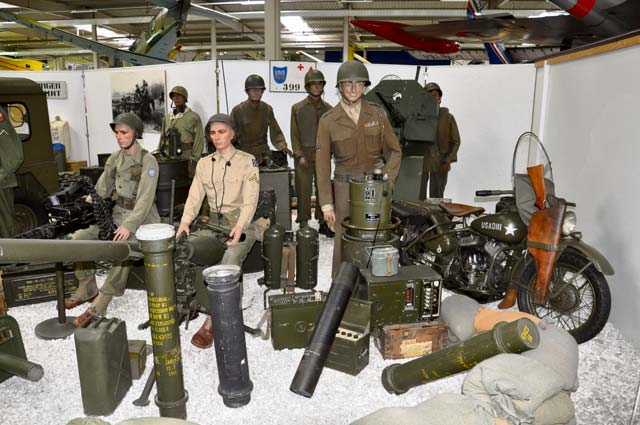
the Auto & Technic Museum Sinsheim. The unique exhibition offers visitors the chance to view the technological
advancements made in the military industry and to compare the various approaches taken by different countries.
